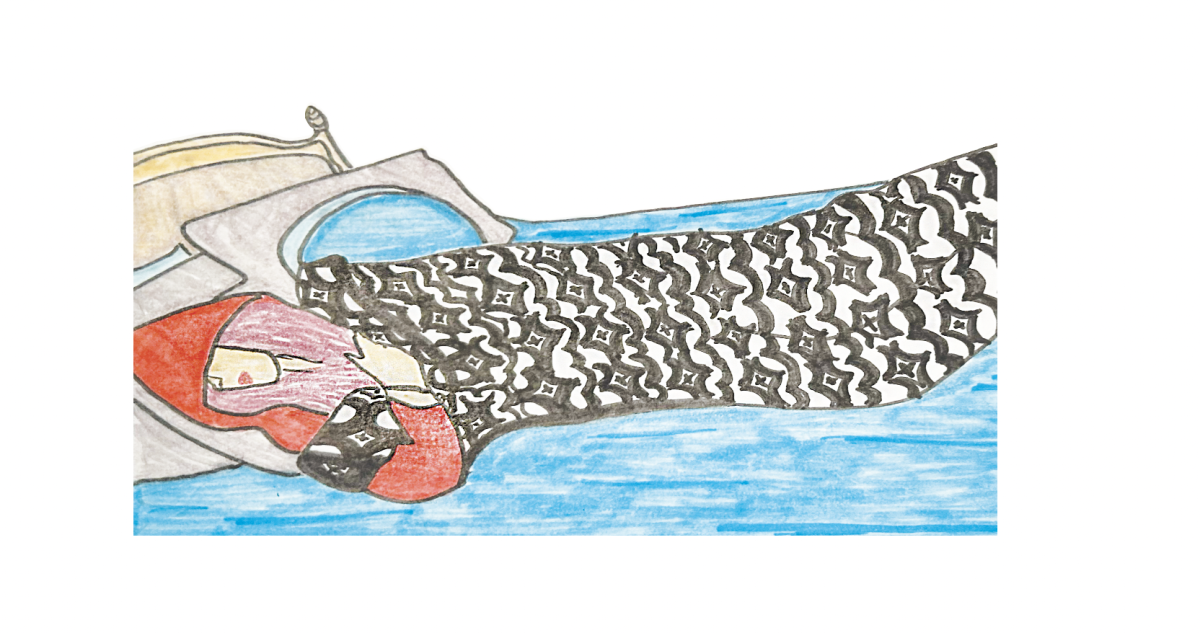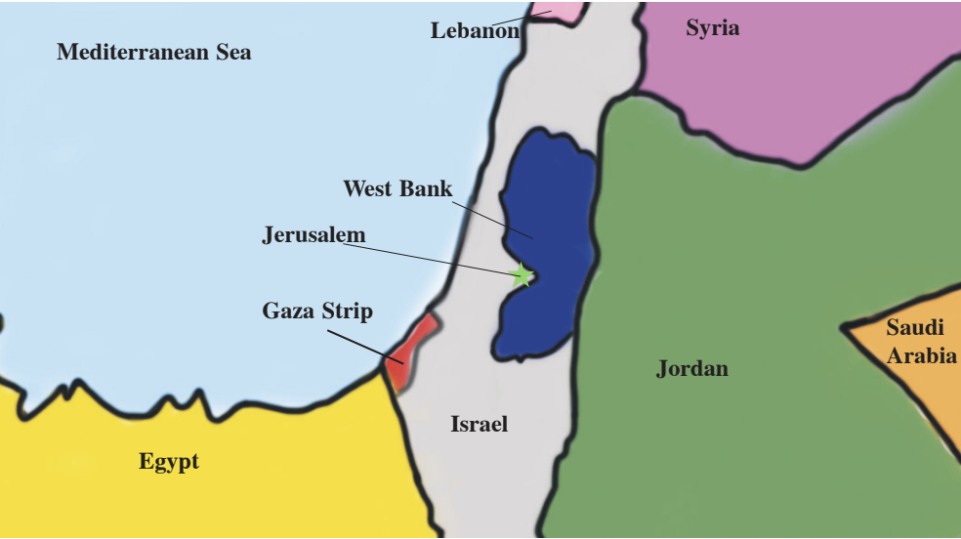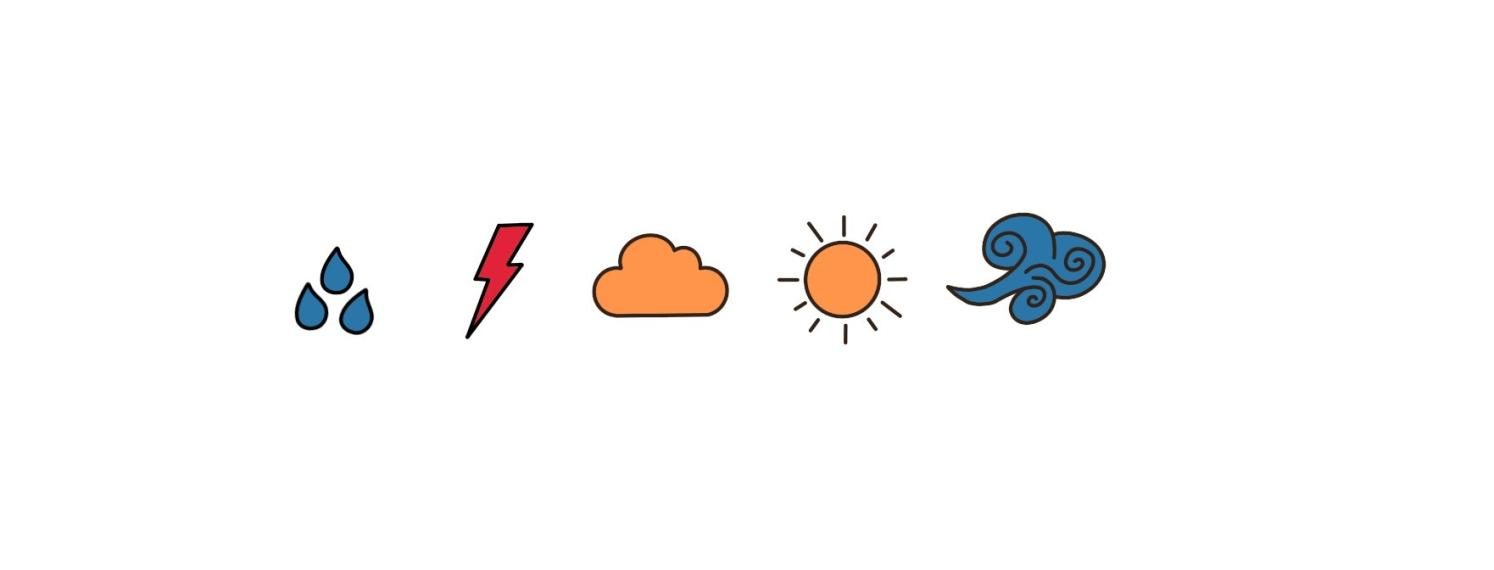
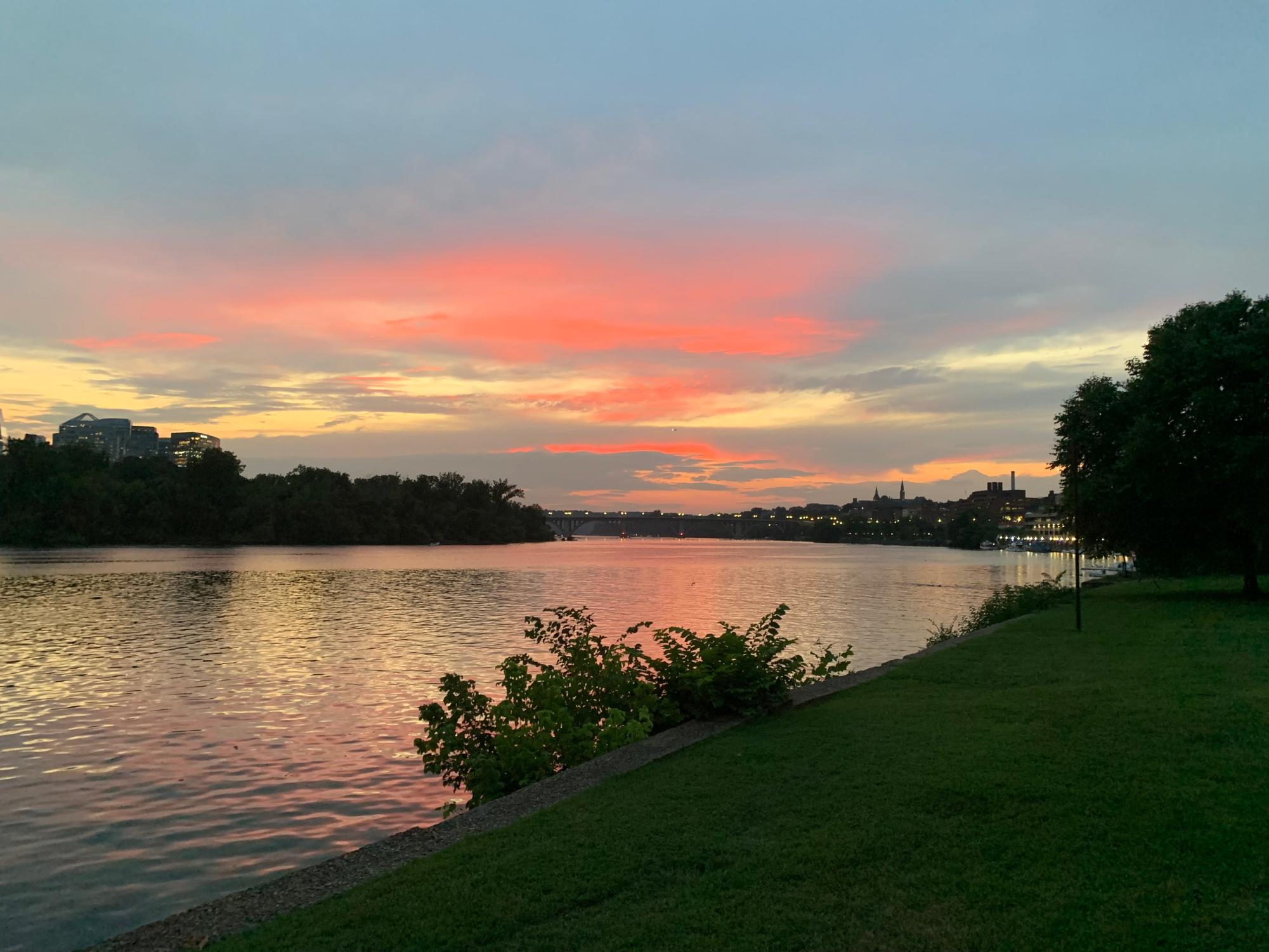
This summer has been record-breaking, and no, I’m not talking about the box office records Greta Gerwig’s “Barbie” is surpassing, but rather something more solemn: the weather.
July 4 was the hottest day on record, with the global average temperature at 62.92 degrees Fahrenheit, leaving scientists to believe it was the hottest day in 125,000 years. The second hottest day on Earth? That was July 3, with an average global temperature of 62.62 degrees Fahrenheit. Southwestern U.S. states have been hit particularly hard by heat, with cities like Phoenix, Arizona, having 30 consecutive days of temperatures above 110 degrees Fahrenheit. Maricopa County, Arizona, where Phoenix is located, has already confirmed 25 heat-related deaths, with 249 more under investigation.
Minneapolis had its own record-breaking day on June 14, when the Air Quality Index reached an all-time high of 243 as smoke from the Canadian wildfires moved in. June 14 was among a string of air quality alert days that started in mid-May and continued throughout July. On July 15, Minneapolis ranked among the top five worst cities for air quality alongside Doha, Qatar; Lahore, Pakistan; Dubai, United Arab Emirates; and Kampala, Uganda. July 15 also marked the 25th day of air quality alerts, setting another new record for Minnesota.
But are these extreme weather events tied to climate change? Well, yes and no.
Wildfires like the ones that have occurred in Canada all summer and most recently, and devastatingly, in Maui, Hawaii, are known as compound disasters: when extreme weather mixes with climate change and changes to the local environment. With wildfires specifically, warmer air causes more water to evaporate, consequently leaving plants to dry out and become more flammable. Warmer air also intensified the heat in the southwest; strong winds eventually blew this wind into Hawaii. Climate change also intensifies hurricanes, which contributed to the winds in Maui. While wildfire seasons are natural in Canada, and Canadian forests have even evolved to burn, climate change has intensified wildfires because of their increased heat and declining moisture.
Similarly, this summer’s heat waves were caused by a combination of climate change, the return of the El Niño weather pattern, and the start of summer in the Northern Hemisphere.
In an interview with the Washington Post, Myles Allen, a professor of geosystem science at Oxford University, explained, “[The planet is] warming 0.25 degrees Celsius a decade.” He continues, “That’s why we see records broken continuously rather than just as one-offs.”
Herron agrees, adding, “I do think these kinds of extreme weather events are going to continue because it seems like every single year since 2019 when I moved to [Minnesota], there has been some record-breaking or unexpected weather event, and I doubt that trend will stop.”
While climate change contributes to the severity of extreme weather events, it can’t be pinned as the sole originator. In an interview with the Washington Post, Jeff Masters, a meteorologist for Yale Climate Connections, adds, “If you add together a whole bunch of influences, that’s how you get a disaster. No one thing makes it happen.”
This summer has shown us that climate change is upon us and slowly seeping into our daily lives. It will take concerted action to mitigate the effects of climate change and the extreme weather it brings along with it.
While everyone has been feeling the heat this summer, student-athletes have been trudging into the sweltering sun since August. But this year, they’re juggling heat advisories, cancellations, and postponements on top of their already busy schedules. “Normally by now we have five to seven rain outs, and we’ve really not had one yet,” said Athletic Director Nick Rathmann. Fall sports have taken a beating from the hot weather and humidity in August and September. The extreme weather took a toll on student-athlete and administrator alike, as schedules were torn up and time slots shifted on a dime. “You’re kind of forced to play meteorologist,” Rathmann said.
The athletic department relies on a tool called the Wet Bulb Globe Index, which calculates an accurate representation of the weather outside by combining temperature and humidity. Rathmann explained how every school in the MSHSL follows a similar chart that, according to Rathmann, dictates, “when the [index] goes above 100 degrees with temperature and humidity, we’re reducing the time we’re outside. Every degree over, it’s reducing more or canceling when we get to a certain point.”
Rathmann stressed the importance of communication between schools to reschedule events. “We’re looking a couple of days ahead… You’re basically reaching out to all the other schools and the coach of whoever you’re playing and you’re saying, ‘What’s available on your schedule?’ You get ahead of it by a number of days and then you just adjust.” For Rathmann, organizing sports events takes careful planning and replanning, but extreme weather is rarely predictable.
“Everyone does the same thing. Try to stay a few days ahead. You have to be prepared and have contingency plans. But you can’t overreact, because it’s possible the heat doesn’t come,” said Rathman.
Athletes have felt the impacts of these restrictions, as several soccer practices and scrimmages were postponed or moved to earlier in the day to avoid heat advisory warnings. Similarly, the football team, who practices at Minnehaha Academy, was forced to move into the ice area where the small rink was covered in turf.
Maggie Souvignier ‘26 is a member of the track and field team, and she shared her experiences dealing with extreme heat during sports events. She said, “We shorten[ed] our runs and if we ever felt lightheaded, we would stop.” However, severe weather became more dangerous, as Souvignier shared, “Sections was really hot, so there was a cooler with frozen towels to put around our necks. I remember after one of my races I threw up.”
Looking ahead to inevitable extreme weather in the spring and even the winter, Rathmann explained the need for hydration,“We need kids and athletes to understand the importance of hydration and what they need in their bodies prior to even showing up. I’ve seen a large number of cramping from athletes playing so hard and their muscles are just cramping up.” He adds, “Drinking on game day is great, but drinking for practice days ahead and having the right kind of nutrition in your body is really, really important… We’re trying to educate, have our coaches educate the students a little bit on the best ways they can take care of their own body.”
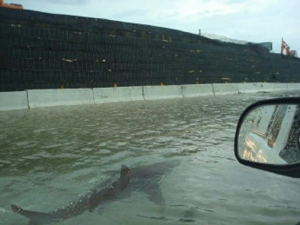
From memes to conspiracy theories to terrible mitigation strategies, when a natural disaster occurs, misinformation often follows.
For decades, the oil and gas industries have spent billions of dollars to delegitimize climate change science. For example, in an interview with the Guardian, Robert Brulle, a visiting professor of environmental sociology at Brown University, explains that the oil industry has spent more than $2 billion lobbying Congress on climate legislation between 2000 and 2016 and suggests that the fossil fuel companies are mimicking tobacco companies’ approach to marketing campaigns. In addition to fossil fuel companies, conspiracy theorists and extremists have now joined the narrative using online spaces and clickbait to mislead people.
This summer’s extreme weather was no exception. Climate conspiracists claimed that this summer’s record-breaking heatwaves are normal and have become unjustly sensationalized in the media as part of a global hoax. On TikTok, users falsely claimed that a directed energy weapon had started the Maui wildfires. To do this, they misattributed videos suggesting that they had photographic evidence of the energy weapon when in reality, their “proof” was actually a photo of a rocket launch taken from the SpaceX Instagram account and a photo of a controlled flare at an oil refinery in Ohio taken from a Facebook account.
Another common trend that follows natural disasters is the recirculation of old media relating to previous disasters; old news articles, photos, and videos often resurface in anticipation of an approaching disaster. Perhaps the most famous, a photo dubbed “Hurricane Shark” seems to remerge during almost every hurricane season. The image combines a photo of a flooded street in Puerto Rico from Hurricane Irene in 2011 with a photo taken of a shark swimming off the coast of South Africa to create the illusion of a shark swimming down a flooded street.
Regardless of the type, misinformation during extreme weather and natural disasters can be extremely harmful. It subtracts from the vital information needed in a time of emergency and can misguide people in both survival and aid efforts.





